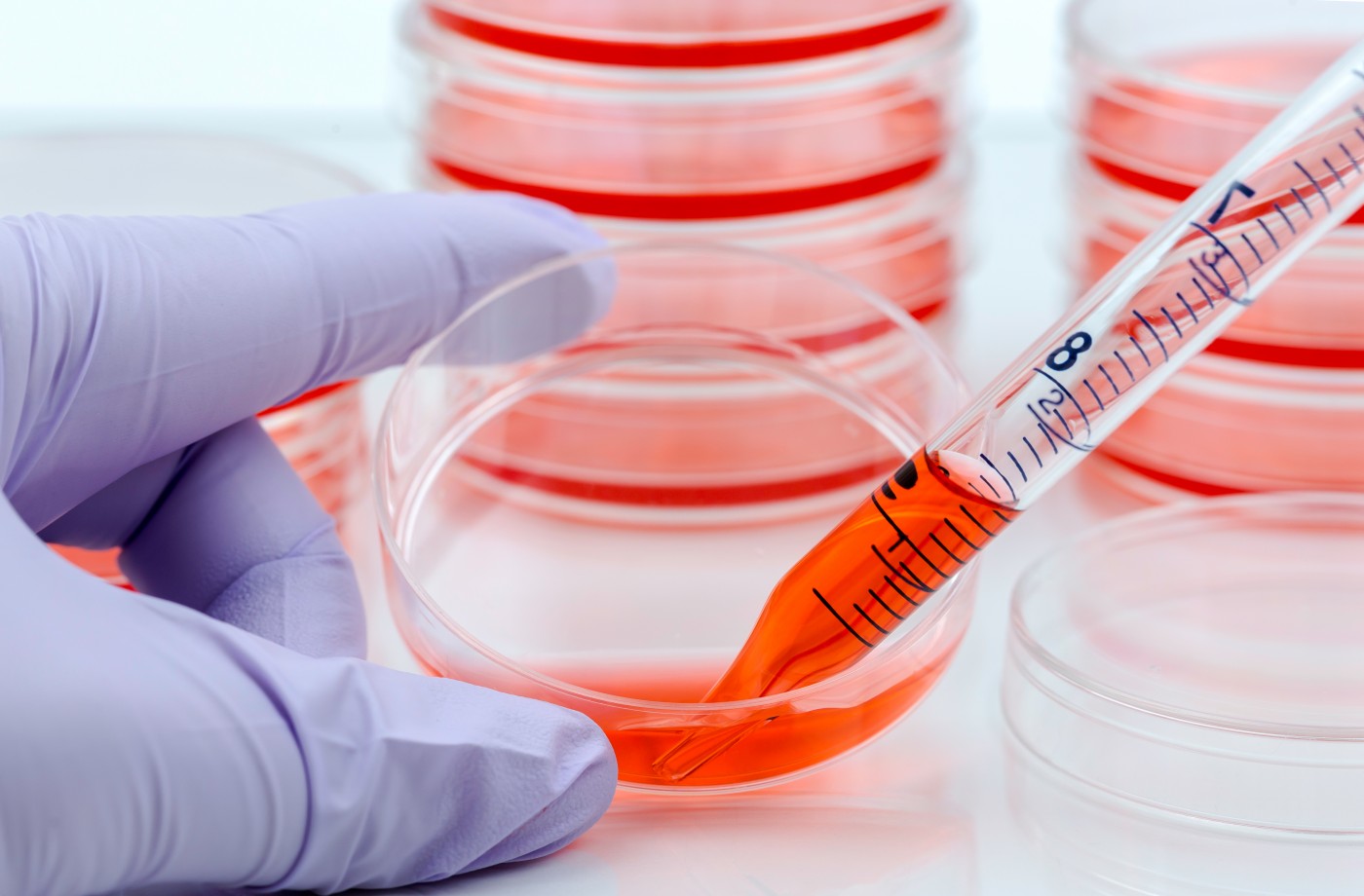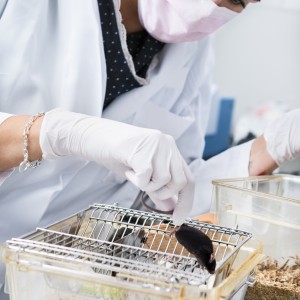Potential New Spinal Muscular Atrophy Therapeutic Target Found in Mice
Written by |

 A recent study published in the journal PLOS ONE revealed that a specific factor in the testis of spinal muscular atrophy (SMA) mice models can induce the expression of full-length SMN2 gene, potentially improving disease severity. The study is entitled “High Expression Level of Tra2-β1 Is Responsible for Increased SMN2 Exon 7 Inclusion in the Testis of SMA Mice.”
A recent study published in the journal PLOS ONE revealed that a specific factor in the testis of spinal muscular atrophy (SMA) mice models can induce the expression of full-length SMN2 gene, potentially improving disease severity. The study is entitled “High Expression Level of Tra2-β1 Is Responsible for Increased SMN2 Exon 7 Inclusion in the Testis of SMA Mice.”
SMA is a rare, devastating motor neuron disease and one of the leading genetic causes of pediatric mortality, occurring in approximately 1 in every 6,000 to 10,000 newborns. It is characterized by the degeneration of nerves controlling muscles and voluntary movement, resulting in muscle weakness, atrophy, paralysis and eventually death. SMA is the result of a mutation or deletion in a gene called survival of motor neuron 1 (SMN1), which causes insufficient production of the SMN protein. SMA has no approved treatment.
The SMN protein has two identical variants – SMN1 and SMN2. SMN2 is mainly produced as an unstable and shortened version of the SMN protein due to a single nucleotide difference in the exon 7 of the gene, and therefore cannot compensate for SMN1 loss. Only around 10% of the SMN2 proteins produced are full-length and these are an important determinant of disease severity. It is thought that an increase in the generation of SMN2 full-length RNA (by exon 7 inclusion) could be a therapeutic strategy for SMA.
The research team previously found that, different from other tissues, the testis of SMA mice models express a high level of SMN2 full-length mRNA, suggesting that a mechanism in the testis can repair the deleterious alteration in exon 7 allowing exon 7 inclusion in the gene. To uncover this mechanism, researchers established primary testis cell cultures from SMA mice an examined SMN2 exon 7.
[adrotate group=”3″]
Researchers first found that primary testis cells can also express high level of SMN2 full-length mRNA after 2 hours in culture, although the levels decreased after cells were cultured for longer periods (by 96 hours). The team then analyzed relevant splicing factors in testis cells to determine whether they could play a role in the alterations of exon 7. Splicing factors are proteins involved in the removal of introns (non-coding genetic material) from RNA to generate a mature messenger RNA molecule where exons (units encoding genetic information) are bound together.
It was found that the protein levels of the splicing factor Tra2-β1 where highest in SMA mice testis in comparison with other tissues and that in testis cell culture, similar to SMN2 full-length mRNA, Tra2-β1 protein levels decreased after a period of 96 hours in culture. Interestingly, researchers found that overexpression of Tra2-β1 induced an increase in SMN2 exon 7 inclusion both in primary testis cells and spinal cord neurons of SMA mice, while Tra2-β1 knockdown reduced exon 7 inclusion in primary testis cells.
The research team concluded that in the testis of SMA mice, the high levels of Tra2-β1 protein are responsible for the increase in SMN2 exon 7 inclusion and subsequently the production of SMN2 full-length mRNA. The team suggests that Tra2-β1 could be a modifying factor and a potential target in the development of SMA therapies, although further studies are required to confirm whether the mechanism found also occurs in SMA patients.






